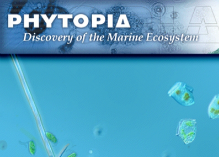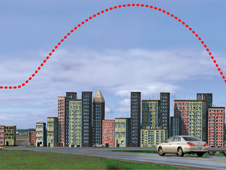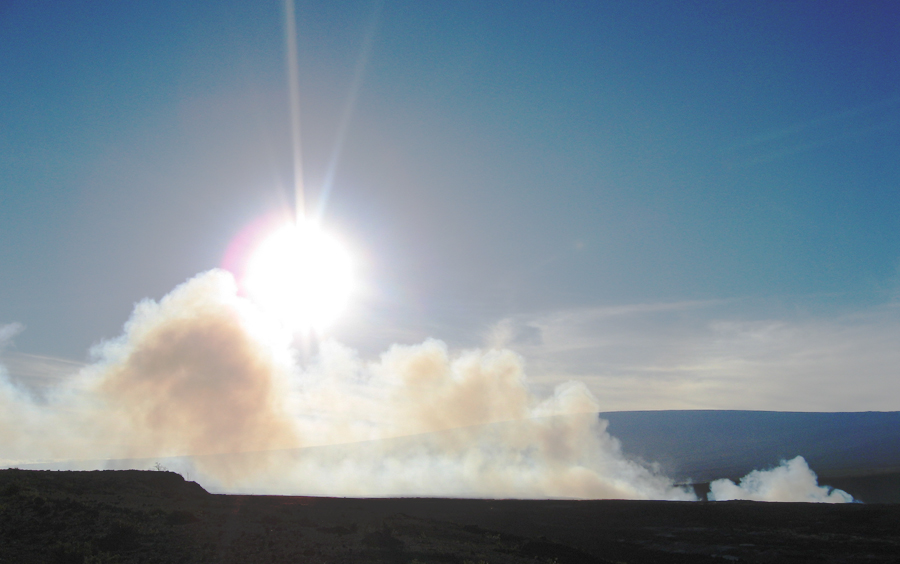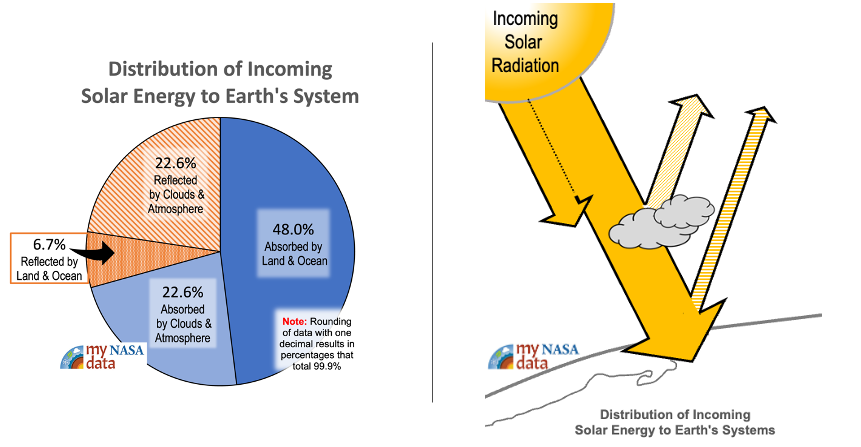This lesson is taken from NASA's Phytopia: Discovery of the Marine Ecosystem written in partnership with Bigelow Laboratory for Ocean Science with funding from the National Science Foundation.
List of all Earth as a System Lesson Plans




In this lesson, students investigate and identify various phytoplankton using images that were previously taken with a compound microscope. Credit: This lesson is modified from a lesson of the same name created by The Center for Microbial Oceanography: Research and Education 
Students use Phytopia: Exploration of the Marine Ecosystem, a computer-based tool, to investigate various phytoplankton species and topics relating to phytoplankton biology.
To investigate the different rates of heating and cooling of certain materials on earth in order to understand the heating dynamics that take place in the Earth’s atmosphere.
Students will use NASA Satellite data of aerosol optical depth and sulfur dioxide as a tool to find evidence of volcanic activity at Kilauea, HI.
This lesson walks students through the use of Landsat false-color imagery and identification of different land cover features using these as models.
Learners follow adventurous camper, Awenasa, as she travels the United States and attends various camp locations throughout the year. Learners analyze data to find her location among the various campsites using monthly averaged NASA satellite data (Cloud Coverage, Surface (S
This lesson, "Awenasa Goes to Camp!," is a data analysis activity that presents maps of NASA Earth satellite data for a variety of locations across the United States for four unidentified months throughout the year. Each location represents a real science camp th
Students collect and analyze temperature data to explore what governs how much energy is reflected.
A kinesthetic activity that challenges students to participate in a model that describes the fate of solar energy as it enters the Earth system. A good initial lesson for Earth’s energy budget, students unravel the benefits and limitations of their model.




















